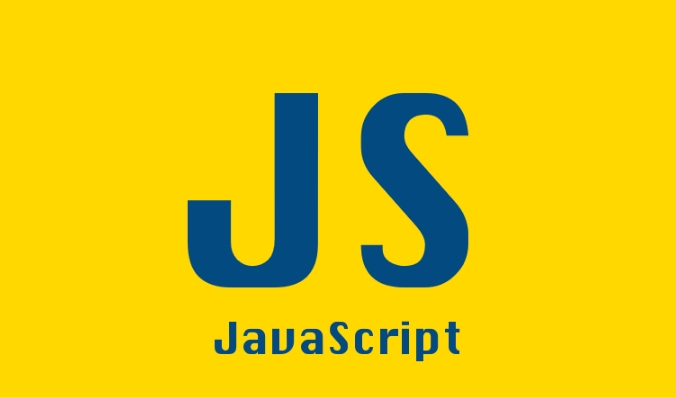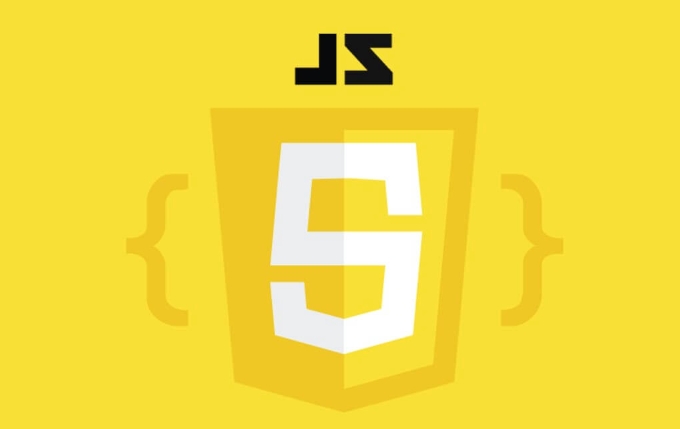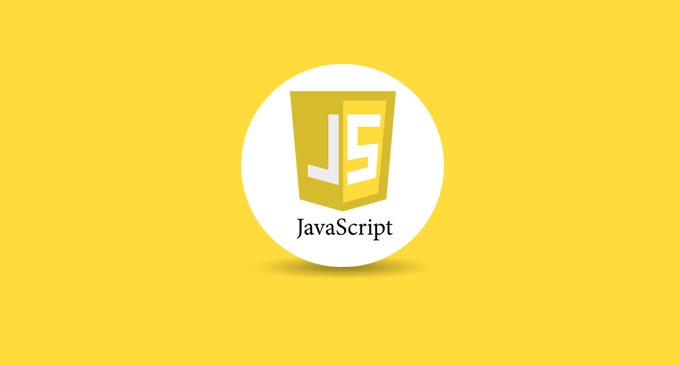JavaScript library is a pre-written collection of code used to help developers complete common tasks efficiently. Its core functions include: 1. Simplify DOM operations; 2. Handle user interaction; 3. Send HTTP requests. Popular JS libraries include: 1. jQuery is suitable for small projects or legacy systems; 2. React is suitable for building dynamic user interfaces; 3. Vue.js is suitable for progressive integration; 4. Axios simplifies API calls. Learning suggestions: 1. If you want to master the basics, you must first learn native JS; 2. jQuery is available for small websites; 3. React is preferred for modern front-end development; 4. Axios can be optionally available only if you need API calls. It is recommended that most developers give priority to learning React, but the premise is to master the core JS concepts such as variables, loops, and functions. Don’t pursue mastering all libraries from the beginning. You should focus on one and gradually expand it.

JavaScript libraries are pre-written collections of code that help developers accomplish common tasks more efficiently. Instead of writing everything from scratch, you can use a library to handle things like DOM manipulation, animations, or even complex user interfaces.

If you're learning JavaScript and wondering which library to focus on, the answer depends on what you want to build and how deep you want to go into web development.

What does a JS library do?
A JavaScript library is essentially a toolset. It provides ready-to-use functions and methods that simplify coding. For example:
- Manipulating HTML elements (like changing text or styles)
- Handling user interactions (like clicks or form submissions)
- Making HTTP requests (to fetch data from a server)
You don't need a library for every task, but they become invaluable when building interactive websites or apps. Libraries save time and reduce the chance of bugs because they're tested and maintained by large communities.

Popular JS libraries and what they're good for
There are many libraries out there, but a few stand out based on usage and community support.
1. jQuery
Once the most popular JS library, jQuery makes DOM manipulation and event handling much easier. It's great for small projects or legacy systems, but it's less relevant now with modern vanilla JS improvements.
2. React
Technically a "library" though often treated like a framework, React is maintained by Facebook and used for building dynamic user interfaces. It's component-based, so you can reuse UI elements across your app.
3. Vue.js
Vue is another progressive framework/library that's easy to integrate into existing projects. It has a gentle learning curve and works well for both small and large applications.
4. Axios
This is a smaller, focused library for making HTTP requests. If your main goal is to fetch data from APIs, Axios simplifies that process compared to using the native fetch() method.
Depending on your goals, you might start with something lightweight like Axios or jump straight into React if you're aiming for front-end frameworks.
Which one should you learn first?
Here's a simple breakdown based on your goals:
- ? You want to understand the basics without getting overwhelmed : Start with vanilla JavaScript before jumping into any library.
- ? You're working on a small website and need quick DOM scripting : jQuery is still useful in this context.
- ? You're aiming for modern front-end development : Learn React. It's widely used, well-documented, and opens up job opportunities.
- ? You just need to make API calls : Pick up Axios — it's simple and powerful.
React is the most recommended starting point for most developers today, especially if you're planning to work on single-page applications (SPAs) or collaborate in professional environments.
Don't skip the fundamentals
Before diving into any library, make sure you understand core JavaScript concepts: variables, loops, functions, DOM structure, and basic event handling. Without that foundation, libraries can feel confusing rather than helpful.
Also, remember: You don't need to master every library at once. Focus on one, practice with real examples, and gradually expand your knowledge.
Basically that's it.
The above is the detailed content of What is a js library and which one should I learn?. For more information, please follow other related articles on the PHP Chinese website!

Hot AI Tools

Undress AI Tool
Undress images for free

Undresser.AI Undress
AI-powered app for creating realistic nude photos

AI Clothes Remover
Online AI tool for removing clothes from photos.

Clothoff.io
AI clothes remover

Video Face Swap
Swap faces in any video effortlessly with our completely free AI face swap tool!

Hot Article

Hot Tools

Notepad++7.3.1
Easy-to-use and free code editor

SublimeText3 Chinese version
Chinese version, very easy to use

Zend Studio 13.0.1
Powerful PHP integrated development environment

Dreamweaver CS6
Visual web development tools

SublimeText3 Mac version
God-level code editing software (SublimeText3)
 How to make an HTTP request in Node.js?
Jul 13, 2025 am 02:18 AM
How to make an HTTP request in Node.js?
Jul 13, 2025 am 02:18 AM
There are three common ways to initiate HTTP requests in Node.js: use built-in modules, axios, and node-fetch. 1. Use the built-in http/https module without dependencies, which is suitable for basic scenarios, but requires manual processing of data stitching and error monitoring, such as using https.get() to obtain data or send POST requests through .write(); 2.axios is a third-party library based on Promise. It has concise syntax and powerful functions, supports async/await, automatic JSON conversion, interceptor, etc. It is recommended to simplify asynchronous request operations; 3.node-fetch provides a style similar to browser fetch, based on Promise and simple syntax
 JavaScript Data Types: Primitive vs Reference
Jul 13, 2025 am 02:43 AM
JavaScript Data Types: Primitive vs Reference
Jul 13, 2025 am 02:43 AM
JavaScript data types are divided into primitive types and reference types. Primitive types include string, number, boolean, null, undefined, and symbol. The values are immutable and copies are copied when assigning values, so they do not affect each other; reference types such as objects, arrays and functions store memory addresses, and variables pointing to the same object will affect each other. Typeof and instanceof can be used to determine types, but pay attention to the historical issues of typeofnull. Understanding these two types of differences can help write more stable and reliable code.
 JavaScript time object, someone builds an eactexe, faster website on Google Chrome, etc.
Jul 08, 2025 pm 02:27 PM
JavaScript time object, someone builds an eactexe, faster website on Google Chrome, etc.
Jul 08, 2025 pm 02:27 PM
Hello, JavaScript developers! Welcome to this week's JavaScript news! This week we will focus on: Oracle's trademark dispute with Deno, new JavaScript time objects are supported by browsers, Google Chrome updates, and some powerful developer tools. Let's get started! Oracle's trademark dispute with Deno Oracle's attempt to register a "JavaScript" trademark has caused controversy. Ryan Dahl, the creator of Node.js and Deno, has filed a petition to cancel the trademark, and he believes that JavaScript is an open standard and should not be used by Oracle
 Handling Promises: Chaining, Error Handling, and Promise Combinators in JavaScript
Jul 08, 2025 am 02:40 AM
Handling Promises: Chaining, Error Handling, and Promise Combinators in JavaScript
Jul 08, 2025 am 02:40 AM
Promise is the core mechanism for handling asynchronous operations in JavaScript. Understanding chain calls, error handling and combiners is the key to mastering their applications. 1. The chain call returns a new Promise through .then() to realize asynchronous process concatenation. Each .then() receives the previous result and can return a value or a Promise; 2. Error handling should use .catch() to catch exceptions to avoid silent failures, and can return the default value in catch to continue the process; 3. Combinators such as Promise.all() (successfully successful only after all success), Promise.race() (the first completion is returned) and Promise.allSettled() (waiting for all completions)
 What is the cache API and how is it used with Service Workers?
Jul 08, 2025 am 02:43 AM
What is the cache API and how is it used with Service Workers?
Jul 08, 2025 am 02:43 AM
CacheAPI is a tool provided by the browser to cache network requests, which is often used in conjunction with ServiceWorker to improve website performance and offline experience. 1. It allows developers to manually store resources such as scripts, style sheets, pictures, etc.; 2. It can match cache responses according to requests; 3. It supports deleting specific caches or clearing the entire cache; 4. It can implement cache priority or network priority strategies through ServiceWorker listening to fetch events; 5. It is often used for offline support, speed up repeated access speed, preloading key resources and background update content; 6. When using it, you need to pay attention to cache version control, storage restrictions and the difference from HTTP caching mechanism.
 JS roundup: a deep dive into the JavaScript event loop
Jul 08, 2025 am 02:24 AM
JS roundup: a deep dive into the JavaScript event loop
Jul 08, 2025 am 02:24 AM
JavaScript's event loop manages asynchronous operations by coordinating call stacks, WebAPIs, and task queues. 1. The call stack executes synchronous code, and when encountering asynchronous tasks, it is handed over to WebAPI for processing; 2. After the WebAPI completes the task in the background, it puts the callback into the corresponding queue (macro task or micro task); 3. The event loop checks whether the call stack is empty. If it is empty, the callback is taken out from the queue and pushed into the call stack for execution; 4. Micro tasks (such as Promise.then) take precedence over macro tasks (such as setTimeout); 5. Understanding the event loop helps to avoid blocking the main thread and optimize the code execution order.
 Understanding Event Bubbling and Capturing in JavaScript DOM events
Jul 08, 2025 am 02:36 AM
Understanding Event Bubbling and Capturing in JavaScript DOM events
Jul 08, 2025 am 02:36 AM
Event bubbles propagate from the target element outward to the ancestor node, while event capture propagates from the outer layer inward to the target element. 1. Event bubbles: After clicking the child element, the event triggers the listener of the parent element upwards in turn. For example, after clicking the button, it outputs Childclicked first, and then Parentclicked. 2. Event capture: Set the third parameter to true, so that the listener is executed in the capture stage, such as triggering the capture listener of the parent element before clicking the button. 3. Practical uses include unified management of child element events, interception preprocessing and performance optimization. 4. The DOM event stream is divided into three stages: capture, target and bubble, and the default listener is executed in the bubble stage.
 A JS roundup of higher-order functions beyond map and filter
Jul 10, 2025 am 11:41 AM
A JS roundup of higher-order functions beyond map and filter
Jul 10, 2025 am 11:41 AM
In JavaScript arrays, in addition to map and filter, there are other powerful and infrequently used methods. 1. Reduce can not only sum, but also count, group, flatten arrays, and build new structures; 2. Find and findIndex are used to find individual elements or indexes; 3.some and everything are used to determine whether conditions exist or all meet; 4.sort can be sorted but will change the original array; 5. Pay attention to copying the array when using it to avoid side effects. These methods make the code more concise and efficient.






